Foundation Plantings
sandy808
12 years ago
Related Stories
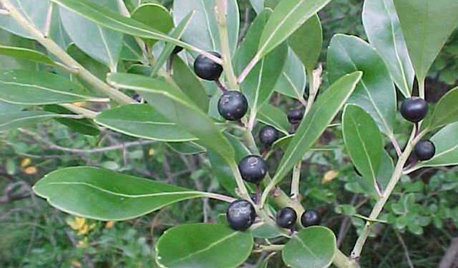
FLOWERS AND PLANTSEasterners: Consider This Native Alternative to Boxwood
Inkberry, or Ilex glabra, excels as a foundation plant or formal hedge perfectly suited to the East Coast
Full Story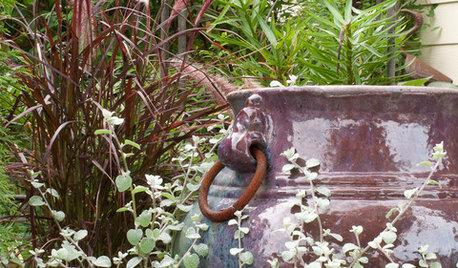
PLANTING IDEASGreat Garden Combo: Silver Sparkles Amid Purple and Blue Foliage
Get the look of this modern foundation planting by focusing on a restrained color palette with tasteful accents
Full Story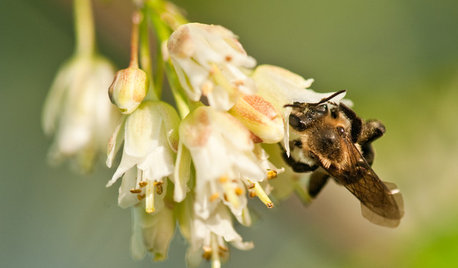
GARDENING GUIDESGreat Design Plant: Staphylea Trifolia Shines in the Shade
Plant American bladdernut for 3 seasons of interest: spring flowers and striped brown branches and bladder-like seedpods in fall and winter
Full Story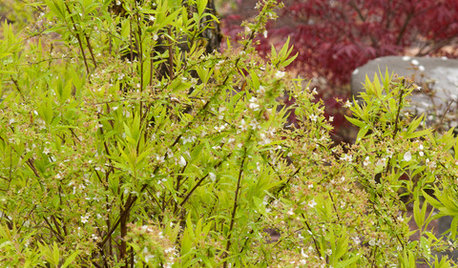
GARDENING GUIDESGreat Design Plant: Ogon Spirea for Radiance and Texture
This feathery shrub will light up your garden with its bright color and easygoing personality
Full Story0
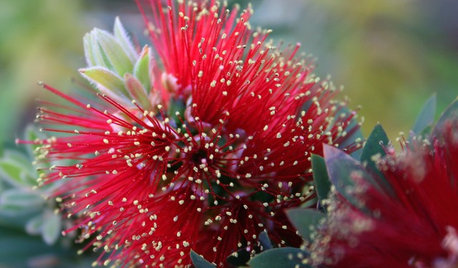
GARDENING GUIDESGreat Design Plant: Velvety Dwarf Bottlebrush Beckons a Touch
Brilliant red blooms and inviting textures will capture your heart, but the low maintenance and small size will win over your practical side
Full Story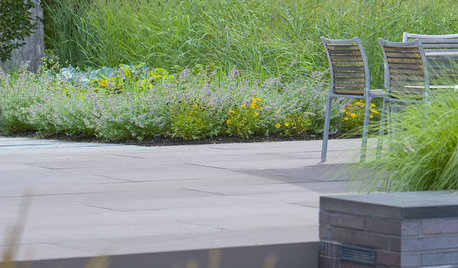
FLOWERS AND PLANTSPanicum Virgatum, a Prairie Beauty Many Gardeners Can Enjoy
Switchgrass adds color through the year and is a natural ‘seed feeder’ for birds
Full Story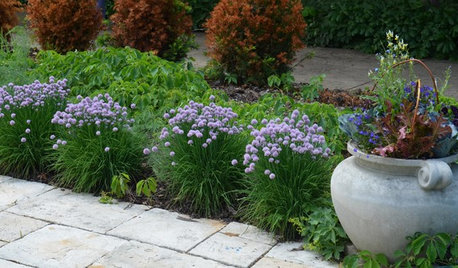
GARDENING GUIDESEdible Plants That Double as Ornamentals
Try growing these tasty plants with your ornamentals for an attractive garden and fresher meals
Full Story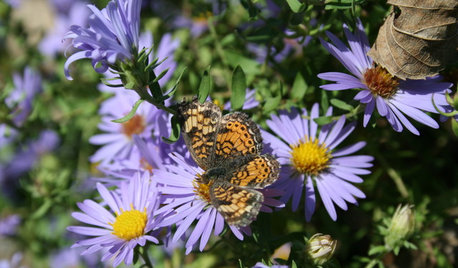

PLANTING IDEASGreat Garden Combo: 5 High-Intensity Plants for High-Intensity Sun
Blend bold foliage and flowers to create a powerful combination that will hold its own even in the harsh light of midsummer
Full Story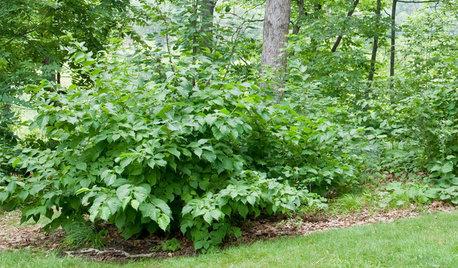
GARDENING GUIDESGreat Design Plant: Corylus Americana Awakens the Woodland Garden
Plant American hazelnut for three seasons of interest and to feed our furry and feathered friends
Full StorySponsored
Columbus Area's Luxury Design Build Firm | 17x Best of Houzz Winner!







roseseek
sandy808Original Author
Related Discussions
Good plant/tree/conifer for foundation plant
Q
Evergreen Foundation Plant
Q
Ideas for foundation plants to go with grasses?
Q
Foundation planting suggestions for Dutch colonial home
Q
melissa_thefarm
sherryocala
lou_texas
loisthegardener_nc7b
sandy808Original Author
roseseek
meredith_e Z7b, Piedmont of NC, 1000' elevation
roseseek
plantloverkat north Houston - 9a
roseseek